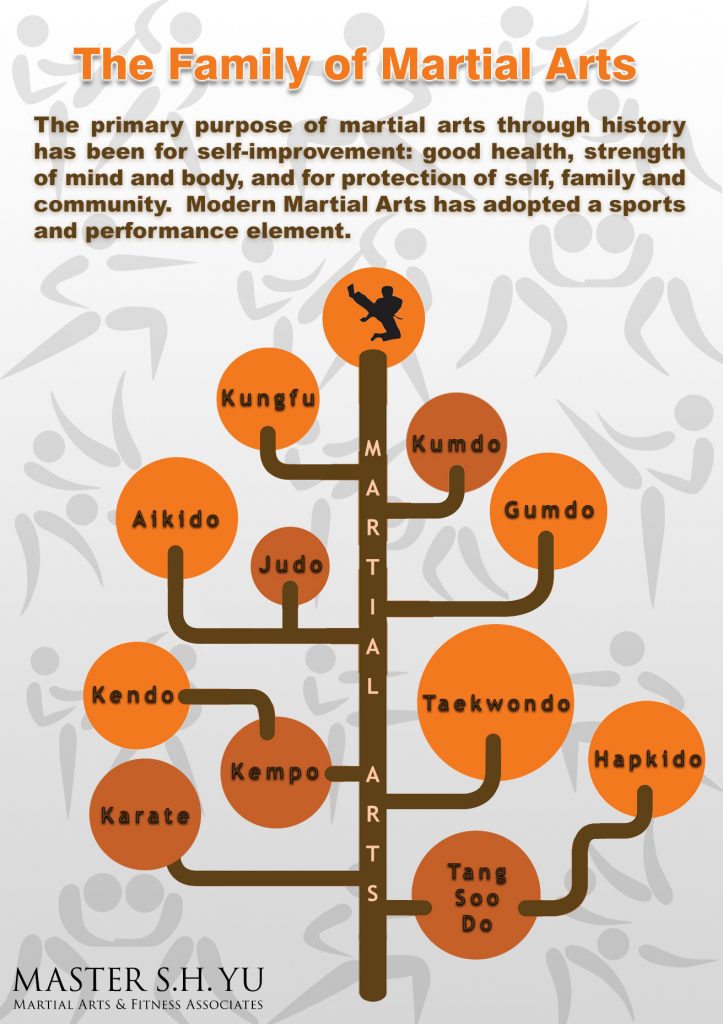The Evolution And Historic Value Of Martial Arts Throughout Various Societies
The Evolution And Historic Value Of Martial Arts Throughout Various Societies
Blog Article
Author-Wilcox Matthews
Martial arts have a remarkable background that spans centuries and continents. You could discover it intriguing how ancient practices like Shuai Jiao and Kalaripayattu prepared for modern battle methods. These disciplines not just emphasize physical abilities however also show the societies that birthed them. As you explore their evolution, think about exactly how globalization has transformed these typical kinds right into hybrid styles. What impacts do you think have shaped today's martial arts landscape?
Ancient Martial arts: The Structures of Combat
As you explore the globe of ancient martial arts, you'll find the rich structures that formed battle strategies throughout societies. Early practices focused on Self-Defense and survival, commonly including strikes, hurting, and weapons.
In ancient China, for example, strategies like Shuai Jiao stressed throws and joint locks, while India's Kalaripayattu showcased dexterity and liquid movement. Japanese samurai established Kenjutsu, a polished swordsmanship that highlighted technique and technique.
These martial arts served not just for battle however additionally as a means of personal advancement, instilling values like respect and willpower. The blending of these methods over time laid the groundwork for the varied martial arts you see today, each showing the distinct philosophies and requirements of its culture.
The Cultural Influence on Martial Arts Development
While martial arts often reflect the functional requirements of a society, they additionally personify the cultural values and ideas of their beginnings. When you discover different martial arts, you'll see just how they're influenced by faith, philosophy, and social norms.
As an example, the emphasis on regard and self-control in Japanese martial arts stems from Zen Buddhism and samurai culture. On the other hand, Brazilian Jiu-Jitsu promotes adaptability and technique, shaped by the requirement for efficiency in a diverse, multicultural setting.
You may discover that the routines, uniforms, and training techniques mirror a community's history and identity. By understanding these social influences, you strengthen your admiration of martial arts and their duty fit human experiences across the globe.
Modern Adaptations and the Globalization of Martial arts
Martial arts have changed significantly in recent years, adapting to modern society and global influences. You'll observe that standard forms have mixed with modern techniques, creating hybrid styles like MMA. These adaptations satisfy diverse target markets, making martial arts obtainable and appealing worldwide.
With the increase of social media and electronic platforms, you can locate tutorials and competitions from all edges of the world, damaging geographical barriers. click here has actually resulted in a shared admiration for various disciplines, from Brazilian Jiu-Jitsu to Taekwondo.
As you involve with these arts, you'll recognize they're not practically fight; they promote health and fitness, self-control, and psychological well-being.
Ultimately, contemporary adjustments have enriched the martial arts landscape, making it a dynamic and developing technique.
Final thought
In discovering the history and evolution of martial arts, you discover a remarkable mix of strategies, cultures, and viewpoints. From old self-controls like Shuai Jiao and Kalaripayattu to the modern flexibility seen in MMA, martial arts reflect mankind's mission for Self-Defense and individual growth. As taekwondo lessons for adults involve with these methods, you not just get abilities however additionally a deeper appreciation for the diverse practices that shape our world today. So, continue your trip and embrace the art of fight!
